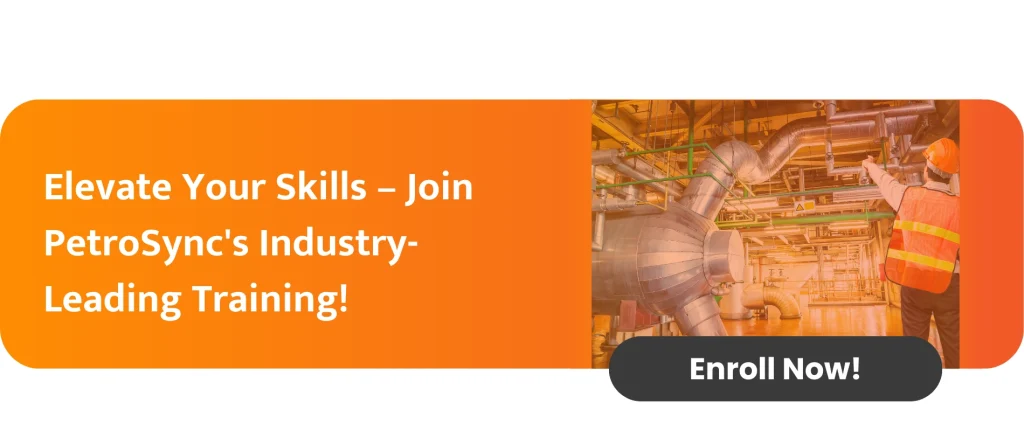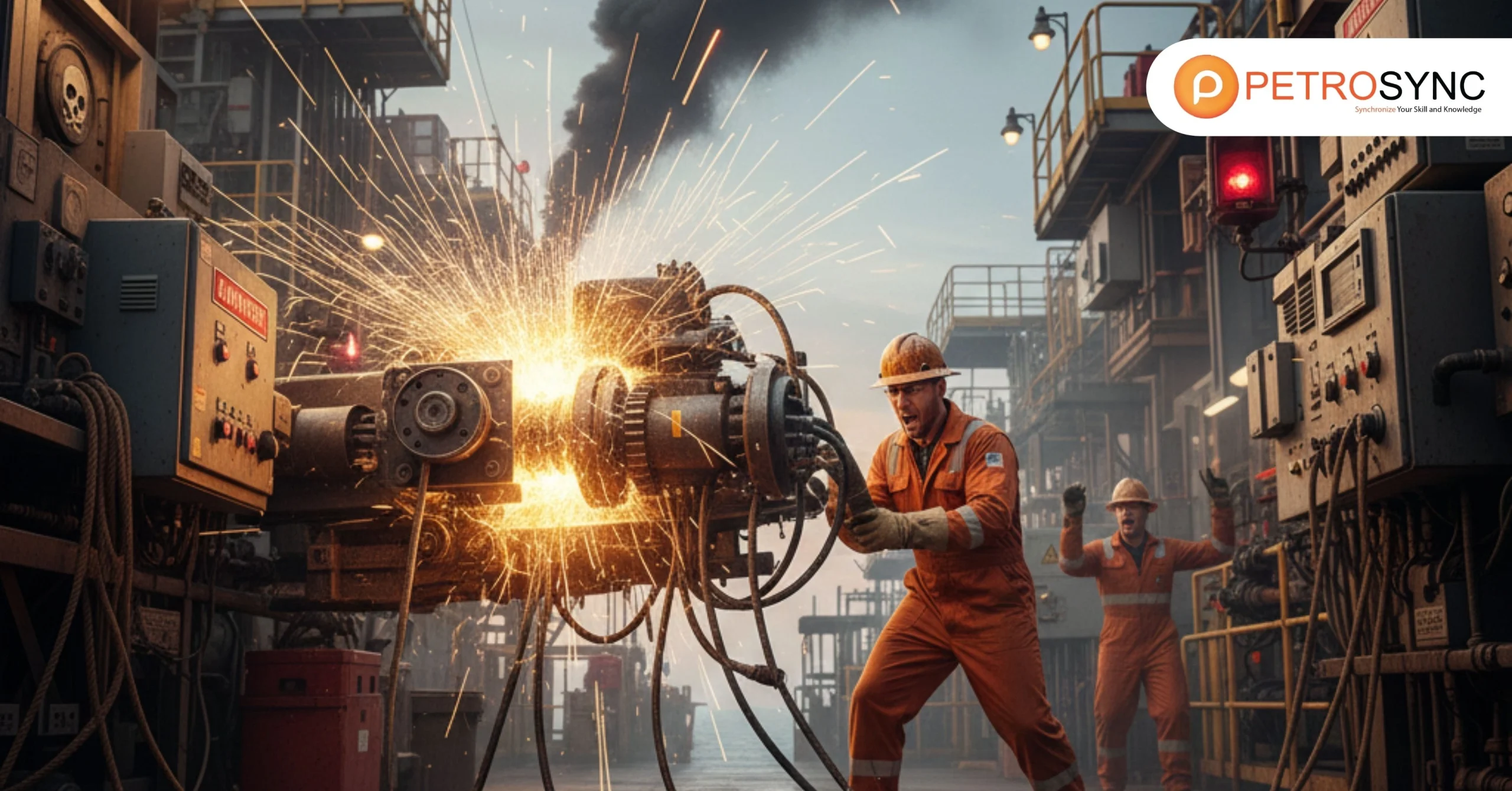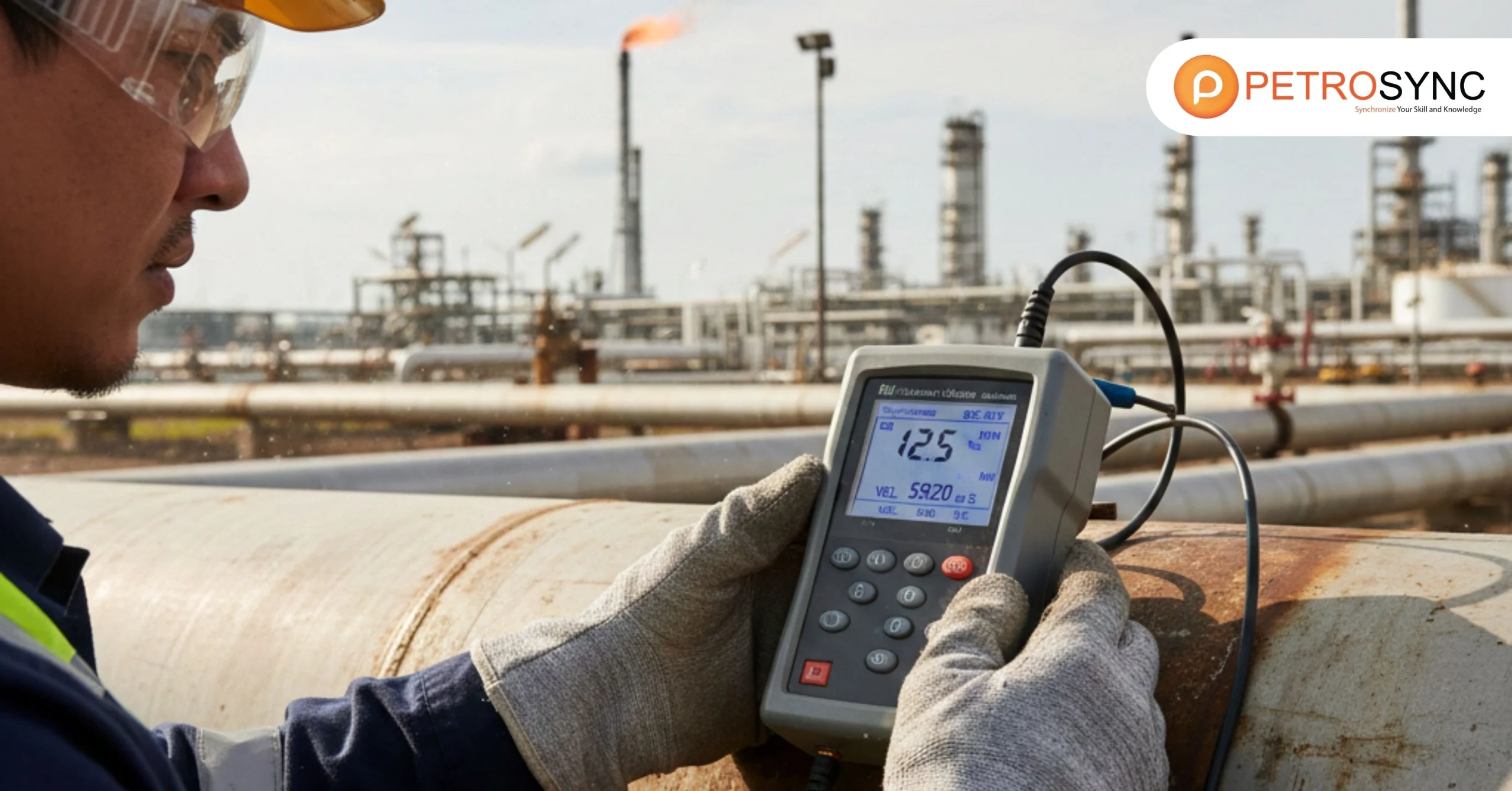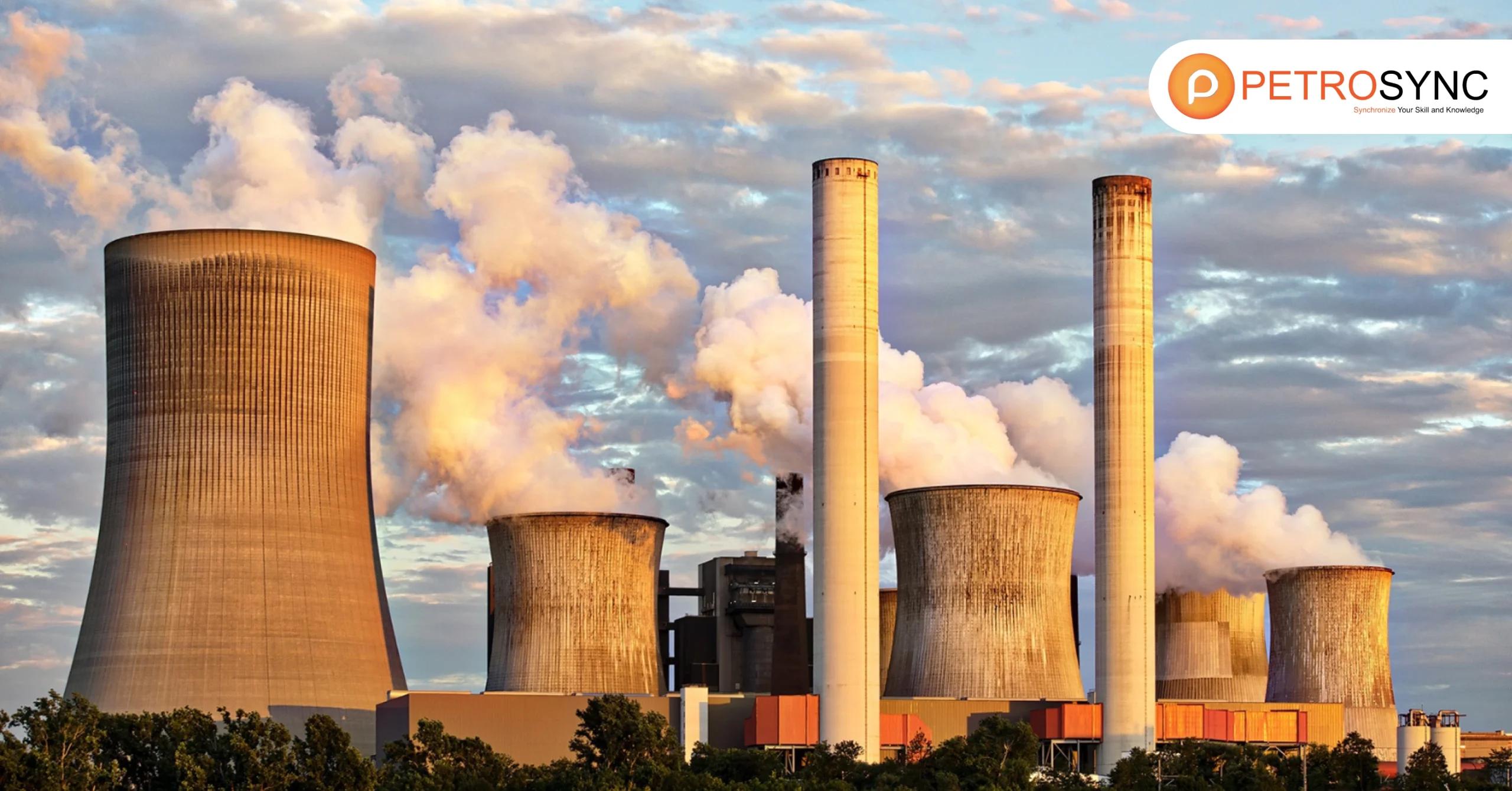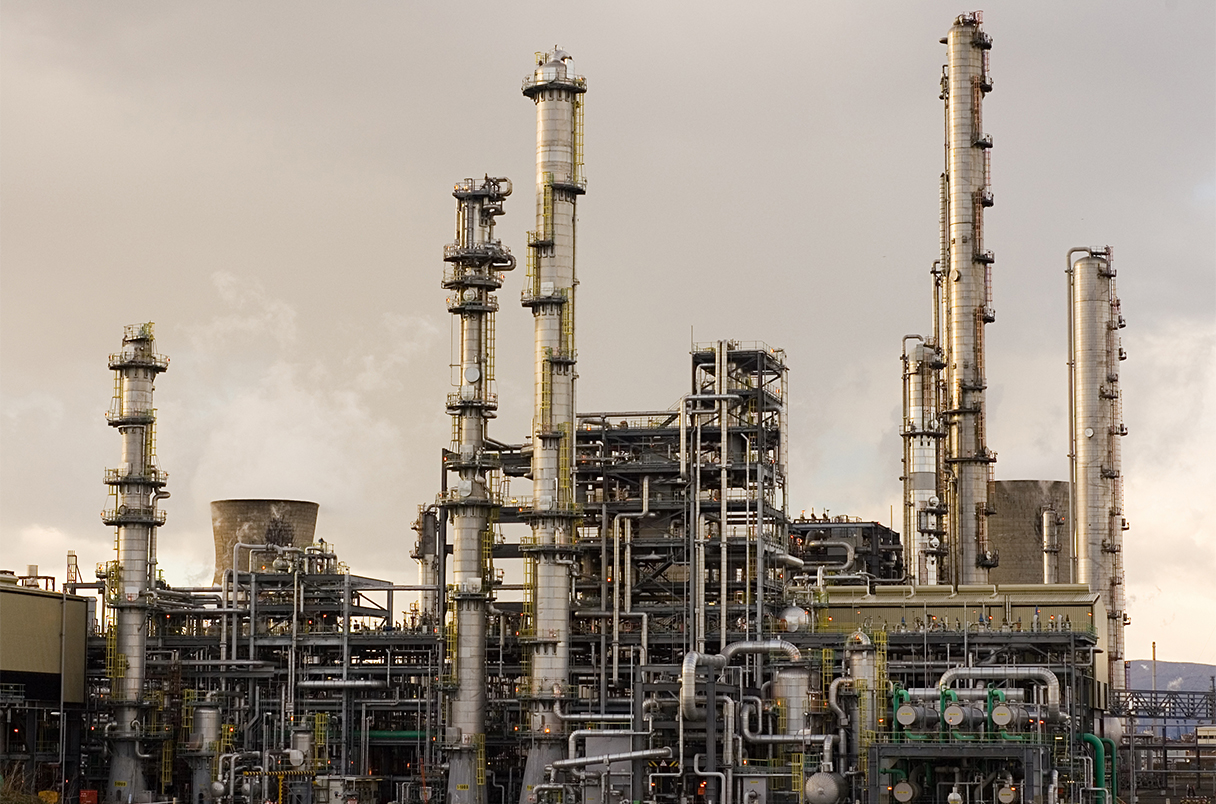The Certified Maintenance and Reliability Professional (CMRP) is a globally recognized certification offered by the Society for Maintenance and Reliability Professionals (SMRP). This credential validates your expertise in maintenance and reliability, demonstrating your ability to implement effective strategies for equipment reliability, asset management, work management, and leadership.
Earning the CMRP certification signifies a high level of competency in optimizing maintenance operations, improving system reliability, and enhancing overall business performance. Recognized across industries worldwide, it serves as a benchmark for professionals seeking to advance their careers in maintenance, reliability, and asset management.
What Is CMRP?
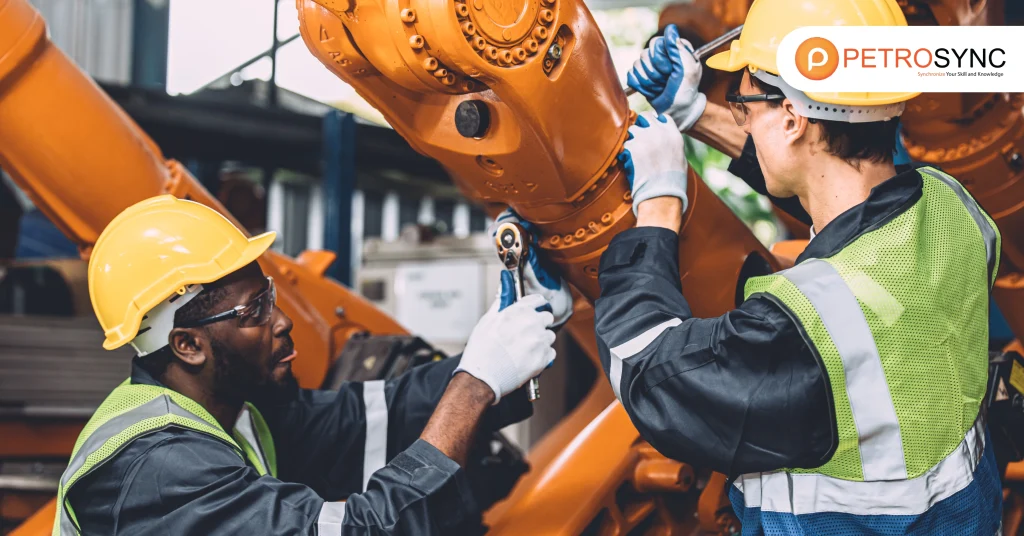
The Society for Maintenance and Reliability Professionals (SMRP) offers the Certified Maintenance and Reliability Professional (CMRP) certification, which is internationally recognized. It demonstrates a professional’s knowledge, abilities, and competencies in areas such as plant and facility dependability, maintenance practices, and asset management.
CMRP certification addresses five areas of maintenance and reliability: business management, manufacturing process reliability, equipment reliability, organization and leadership, and work management. CMRP training provides professionals in the energy, oil, and gas sectors with the tools they need to maximize equipment uptime, improve operational efficiencies, and extend asset life.
What Is CMRP Training Course Overview?
The CMRP certification is highly relevant to the petrochemical and energy industry as these industries rely heavily on maintenance and reliability to ensure safe and efficient operations of their equipment and facilities. The petrochemical and energy industries involve complex processes and equipment, and any failure or downtime can have severe safety and environmental impact and financial losses.
What Is CMRP Training Course Objective?
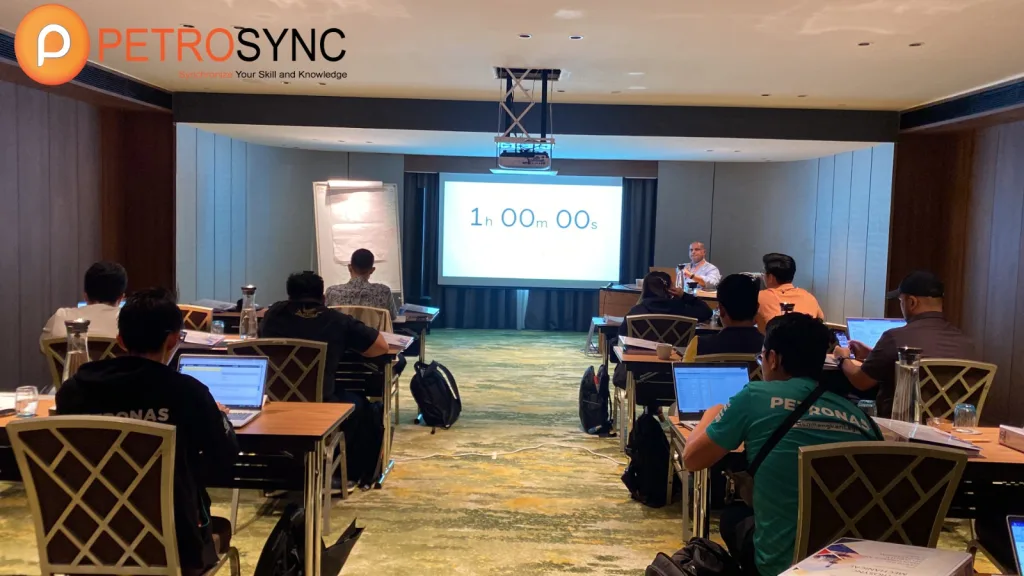
In today’s world, it has become a common practice for global companies in almost every industry to expect their employees or potential talent to have the necessary skills and knowledge. Many of these companies require their employees or potential candidates to obtain certification as a Certified Maintenance and Reliability Professional (CMRP) through the certifying body, SMRP.
PetroSync’s 5-day Certified Maintenance Reliability Professional training course aims to help attendees improve their knowledge and skills in the maintenance and reliability domain. Our training course offers a thorough comprehension of the principles and most effective approaches concerning maintenance and reliability and prepares attendees for the CMRP certification test.
Is The CMRP Exam Difficult?
The CMRP exam is known for being challenging, as it covers a broad range of topics related to maintenance and reliability. However, difficulty varies depending on a candidate’s experience and knowledge base. The exam comprises 110 multiple-choice questions, which must be completed within two and a half hours. It is designed to test practical knowledge across the five pillars mentioned earlier.
With sufficient preparation, individuals that are well-versed in reliability engineering and maintenance methods can pass the exam. CMRP training courses frequently include vital tools and practice exams to help candidates become comfortable with the test structure and focus on areas for improvement.
What Is The Benefit Of CMRP Certification?
The advantages of earning a CMRP certification are numerous, particularly in industries such as oil and gas, where equipment reliability and maintenance excellence are critical. Here are some of the main advantages:
- Career Advancement: The CMRP designation is a respected credential that can open doors to leadership roles and increase earning potential.
- Industry Recognition: It shows employers and peers that you possess a high level of expertise in maintenance and reliability.
- Increased Efficiency: Certified professionals often introduce more streamlined processes within their organizations, minimizing downtime and lowering operational expenses.
- Networking Opportunities: Those who join the Society for Maintenance and Reliability Professionals (SMRP) benefit from a worldwide network of industry experts and resources to support their career development.
- Professional Development: The certification process and training help you fine-tune your skills, making you more efficient at work and better prepared to deal with complex challenges.
Finally, CMRP training is more than just a certification; it is a way to master critical maintenance and dependability techniques utilized in the oil and gas, petrochemical, and energy industries. Whether you want to enhance your career or improve your organization’s performance, CMRP certification is an effective way to do so.
What Is CMRP Training Course Outline?
The outlines regarding PetroSync’s CMRP training course are listed down below.
Day 1: Manufacturing Process Reliability
This subject area relates maintenance and reliability activities to the manufacturing process of the organization to ensure that maintenance and reliability activities improve the manufacturing process.
1.1 Understand the applicable processes
- Document process flow
- Understand process parameters
- Understand quality specifications
1.2 Apply process improvement techniques
- Identify production losses
- Establish a continuous improvement process
1.3 Manage the effects of the change to processes and equipment
- Establish change protocol
- Update documentation
- Update procedures
1.4 Maintain processes in accordance with applicable standards and regulations
- Understand industry standards
- Understand regulatory requirements
- Ensure compliance
DAY 2 – Equipment Reliability
This subject area describes two activities that apply to the equipment and processes for which the maintenance engineers and reliability engineers are accountable. First, are those activities used to assess the current capabilities of the equipment and processes in terms of their reliability, availability, maintainability, and criticality?
Second, are the activities used to select and apply the most appropriate maintenance practices, so that the equipment and processes continue to deliver their intended capabilities in the safest and most cost-effective manner.
2.1 Determine equipment reliability expectations
- Identify reliability goals
- Identify process expectations
2.2 Evaluate equipment reliability and identify improvement opportunities
- Measure and track performance
- Determine best-demonstrated performance
- Analyze gaps
2.3 Establish a strategic plan to assure the reliability of existing equipment
- Identify appropriate analysis techniques
- Develop maintenance strategy and tactics
2.4 Establish a strategic plan to assure the reliability of new equipment
- Establish reliability specifications
- Establish acceptance criteria
- Obtain complete documentation
2.5 Cost-justify selected plans for implementation
- Conduct cost-benefit analysis
- Communicate benefits
- Obtain approval
2.6 Implement selected plans to assure equipment reliability
- Apply reliability strategies
- Establish organization structure
- Provide resources
2.7 Review the reliability of equipment and adjust the reliability strategy
- Assess key performance indicators
- Analysis deviations
- Identify relevant best practices
- Implement continuous improvement
- Case Study/Exercise: Develop a criticality structure, and conduct criticality ranking.
DAY 3 – Work Management
This subject area focuses on the skills used to get the maintenance and reliability work done. It includes planning and scheduling activities, quality assurance of maintenance activities, stores, and inventory management.
3.1 Identify, validate, and approve work
- Establish work identification processes
- Select and approve viable work
3.2 Prioritize work
- Develop a formal prioritizing system
- Implement a formal prioritizing system
3.3 Plan work
- Develop job package
- Including scope and procedures
- Including materials and tools
- Including testing
3.4 Schedule work
- Develop scheduling process
- Produce work schedule
- Balance resources
- Monitor backlog
- Manage break-in work
3.5 Execute work
- Manage labor
- Manage material and services
- Control Productivity
- Ensure EHS compliance
3.6 Document work
- Create post work document process
- Record failure events and failure modes
3.7 Analyze work and follow-up
- Compare actual work with a plan
- Identify variances
3.8 Measure work management performance
- Establish performance indicators
- Report schedule compliance and rework
3.9 Plan and execute projects
- Define scope
- Estimate project and life cycle costs
- Apply critical path methods
- Track progress
- Coordinate staffing
3.10 Use information technologies effectively
- Leverage capabilities of data historian
- Process control systems
- Condition monitoring software
- EAM, CMMS systems functionality
3.11 Manage resources and materials
- Control materials inventory
- Manage spares and equipment
- Establish the MRO procurement process
- Manage contractors
- Reliability Centered Maintenance
- Failure Mode Effects Analysis
- Criticality Analysis
- Pm Optimization
- Root Cause Analysis
- Reliability Engineering
- Capital Project Management
- Vibration Analysis
- Ultrasound Testing
- Alignment and Balancing
- Motor Testing
- Machinery Lubrication
- Case Study/Exercise: Conducting FMEA study followed by criticality-based task selection
- Non Destructive Testing
- Infrared Thermal Imaging
- Asset Condition Information
- Oil Analysis
- Preventive Maintenance
- Planning and Scheduling
- Operator Driven Reliability
- MRO Spares Management
- Defect Elimination
- Computerized Maintenance Management
- Systems (CMMS)
- Operational Excellence
- Key Performance Indicators
- Physical Asset Management
- Human Capital Management
- Integrity
- Competency-Based Learning
- Executive Sponsorship
DAY 4 – Organization and Leadership
This subject area describes processes for assuring that the maintenance and reliability staff is the most qualified and best assigned to achieve the maintenance and reliability organization goals.
4.1 Determine organizational requirements
- Review strategic plan
- Determine required skills
- Determine required staffing levels
4.2 Analyze organizational capability
- Inventory staff skills
- Determine performance gaps
4.3 Develop the organizational structure
- Establish reporting channels
- Determine roles
- Determine responsibilities
- Manage reorganization
4.4 Develop personnel
- Provide training
- Obtain needed expertise
- Delineate career paths
4.5 Lead and manage people
- Develop leadership skills
- Assess performance
- Promote a cooperative work environment
- Facilitate communication
- Case Study/Exercise: Developing the appropriate management structure to assign and manage these tasks as well as follow up and track
DAY 5 – Business and Management
This subject area describes the skills used to translate an organization’s business goals into appropriate maintenance and reliability goals that support and contribute to the organization’s business results.
5.1 Create Strategic direction and plan for M&R operations
- Provide vision and direction
- Provide clear and measurable goals
5.2 Administer Strategic plan
- Develop support
- Obtain approval and resources
- Implement plans
5.3 Measure Performance
- Select key performance indicators
- Track and report
5.4 Manage organizational plan
- Develop a change management process
- Communicate benefits
5.5 Communicate with stakeholders
- Provide management reports
- Inform staff
- Coordinate with operations
5.6 Manage environmental-health-safety risk
- Support community EHS goals
- Support security goals
- Conform to applicable regulations
- Provide EHS training
- Case Study/Exercise: Performing basic data analytics using exponential and Weibull distributions
Is A CMRP Certification Worth It?
The CMRP accreditation serves as the gold standard for maintenance and reliability specialists. Is it worth the time and effort? The short answer is “yes.” A CMRP certificate indicates a high level of competence and commitment to the profession. It sets you apart from your colleagues, potentially opening doors to career growth, promotions, and increased earnings.
Hiring experts with CMRP certification enhances a company’s credibility and dependability. It ensures that their teams understand effective asset management and maintenance methods, resulting in easier operations and improved overall performance.
Does SMRP issue any CMRP Certification?
Yes, there is a CMRP certification issued by SMRP. The SMRP offers the globally recognized CMRP certification, validating your expertise in maintenance and reliability. The CMRP certification requires meeting eligibility criteria and passing an exam. Credentials last three years with maintenance requirements.
Who Should Attend CMRP Training Course?
PetroSync’s training course is intended for but not limited to professionals involved in maintenance and reliability activities in these industries.
- Maintenance and Reliability Professionals
- Production/Operations Professionals
- Senior Engineering, Maintenance, and Reliability Managers
Join CMRP Training with PetroSync – Advance Your Career in Reliability!
If you are interested in taking the CMRP certification, enrolling in CMRP training is strongly recommended. PetroSync’s training course covers a comprehensive understanding of principles and best practices. Our instructor has a strong maintenance and reliability background, ensuring you gain relevant knowledge and engage in meaningful discussions. Enhance your practical experience by understanding the body of knowledge of CMRP with PetroSync!

Results-oriented and thorough SEO specialist with extensive experience in conducting keyword research, developing and implementing digital website promotion strategies and plans, managing campaigns to develop company websites in the digital world, excellent knowledge of marketing techniques and principles, and attentive strong attention to detail.


